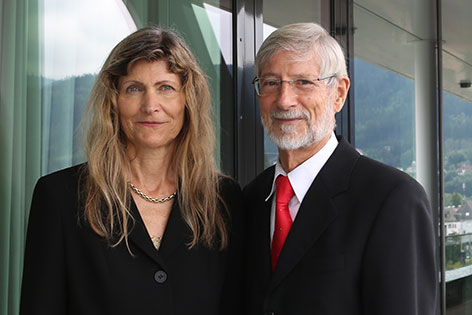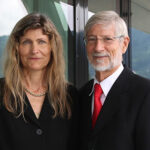
The compendium provides insights into the milestones from 30 years of research partnerships concerning cochlear implants. A scientific look back at core topics in cochlear implantation
Sign for new updates
By subscribing to our newsletter, you stay up-to-date on the best practices in hearing implant technology.
 Back
Back